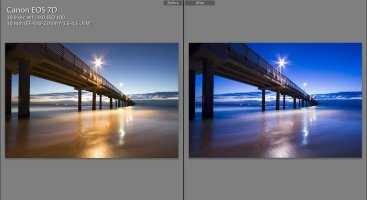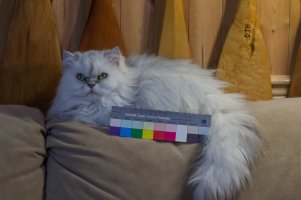There's no way to actually understand white balance without also understanding linear raw, which also gets into exposure and profiling and dynamic range (of both the scene and the camera) and lots more.
In uniform illumination, it's possible to get truly perfect exposure and white balance (and near-perfect color reproduction and contrast and all the rest) by knowing what to do with a quality profiling chart and all sorts of arcane software. In less tightly controlled situations, you can use similar techniques with a ColorChecker to get as close as the actual lighting in the scene permits.
If you're truly insane, Elle Stone outlines a procedure here:
http://www.freelists.org/post/argyllcms/Profile-input-white-not-mapping-to-output-white,68
that does that. I have a follow-up post in that thread with refinements and simplifications...but, alas, only the images and not my actual text made it to the archives. But Elle's process works, is logically equivalent to what I do, and the inspiration for what I do.
If, for whatever reason, shooting a color chart isn't an option, I have two suggestions, both of which work better than anything else I've seen discussed in this thread. (Both assume you're shooting RAW and setting white balance in post-processing.)
First, forget all the expensive white balance targets. None of them is as good as a styrofoam coffee cup.
Styrofoam is the right level of reflectance to get a noise-free sample without clipping, and it's spectrally flat. Indeed, with only two notable exceptions, nothing is better than styrofoam as a white balance target.
The first exception is Tyvek, which is 98% - 99% reflective and even more spectrally flat than styrofoam (which is 80% reflective or so). Your local office supply store sells Tyvek envelopes. Tyvek tends to be on the glossy side and prone to glare...which is good for knowing if you've got glare in the scene, but not so good for setting white balance. The other exception is Spectralon, which is ludicrously-refined PTFE (Teflon) with a glare-free surface. Expect to pay as much for a Spectralon target as for an L lens.
But back to the coffee cup. You can put it in your scene and get an even sampling of the illumination from every direction; you can then eyedropper from any part of the cup to get a white balance from light in that direction. Or, you can put it over your lens and get an average of all the color in the space where you're shooting, perfect for an in-camera custom white balance.
There are, of course, times when it isn't even practical to put a coffee cup in the scene. In such cases, it's still easy to get an excellent white balance. All you have to do is crank the saturation to maximum, fiddle with the white balance knobs until the colors in the scene look the least weird you can make them, and then return the saturation back to wherever you want it.
So, there're my two recommendations for white balance for the not-insane.
I'd also especially recommend avoiding using anything other than styrofoam (or Tyvek or Spectralon) for white balance, and especially avoiding "white" paper. With the exception of a small number of expensive fine art papers, paper is actually light yellow and has fluorescent blue dyes added to trick the eyes into thinking that the paper is whiter than white. It's a similar story with white clothing, with the added bonus that you usually get a non-trivial amount of skin showing through the fabric. Very few walls painted white are actually free of colorants, even though the base paints are generally themselves pretty good potential targets. Even those walls painted with truly white paint...well, it doesn't take long for them to take on colors from the environment.
I could go on, but this is already more information than is healthy....
Cheers,
b&



